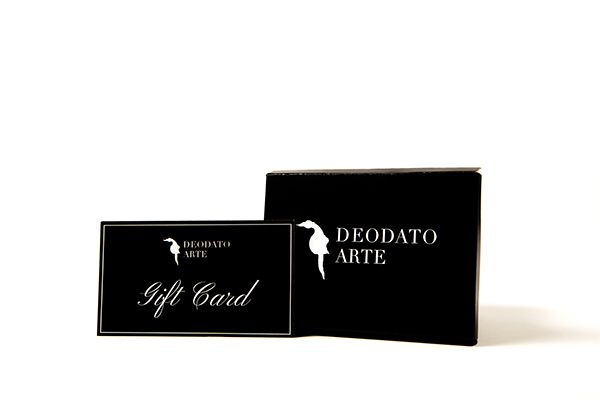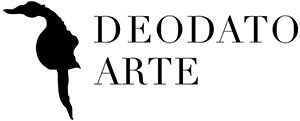
Thank you!

Guido Guidi
Guido Guidi (1901-1998) was born in Livorno, and he is commonly known as the link ring between the Macchioli and the following generation of these painters. Since he was a little boy he demonstrated a predisposition for art, and in 1912 he attend the school of art but only for few months because of the economical difficulties of his family, so he started to work.
In spite of his job, to maintain his family, he continued to practise his passion for art.
Even the war facts didn’t arrest his will to experiment and is in these years that he drew some military scenes, that will be present in his future paintings, as a testimony of how those moments had been impressed on his memory.In 1924 for the first time he exposed in public his works, in a group exhibition called “Cenacolo degli illustri” in Florence and in 1927, when he’s got married, he exhibited in the Bottega d’arte in Livorno, with a personal exhibition. Giuliano Masini, his brother in-law, purchased most of his works of this period, helping him and his psycological pains.
Unfortunately, even though some success and rewards, such as the sale of one of his paintings by the Royal House in 1936, the artist suffered for all his life a psycological disease, due also to the end of the fellowship with Masini, that forced him to be cured in Volterra and Pisa.This condition of economic and mental instability determinated a distance between himself and art.
He restarts with enthusiasm his activities at the end of the forties and the year 1955 marked his comeback with an exposision in the Festival of Folk Art in Rome, followed by another show at Bottega d'Arte in Livorno in 1956, which was repeated in 1959. In 1961 he was also present in Florence at the Cancelli Gallery.
After several years of isolation, only with its own palette, the artist become in a short time very popular in the art scene; suddenly he was disputed by the most important Italian art dealers and collectors who, impressed by his personal way of painting, invaded Guidi’s study. He began to live a period of intense exhibition activity, which led him travel to all the most important Italian cities.
A city that has been very important to the artist was Livorno, where, in 1966, Guidi attended an exhibition Retrospective organized by the Municipality in the House of Culture, giving him a final recognition of his art.











 Register
Register Wishlist
Wishlist Contact Us
Contact Us